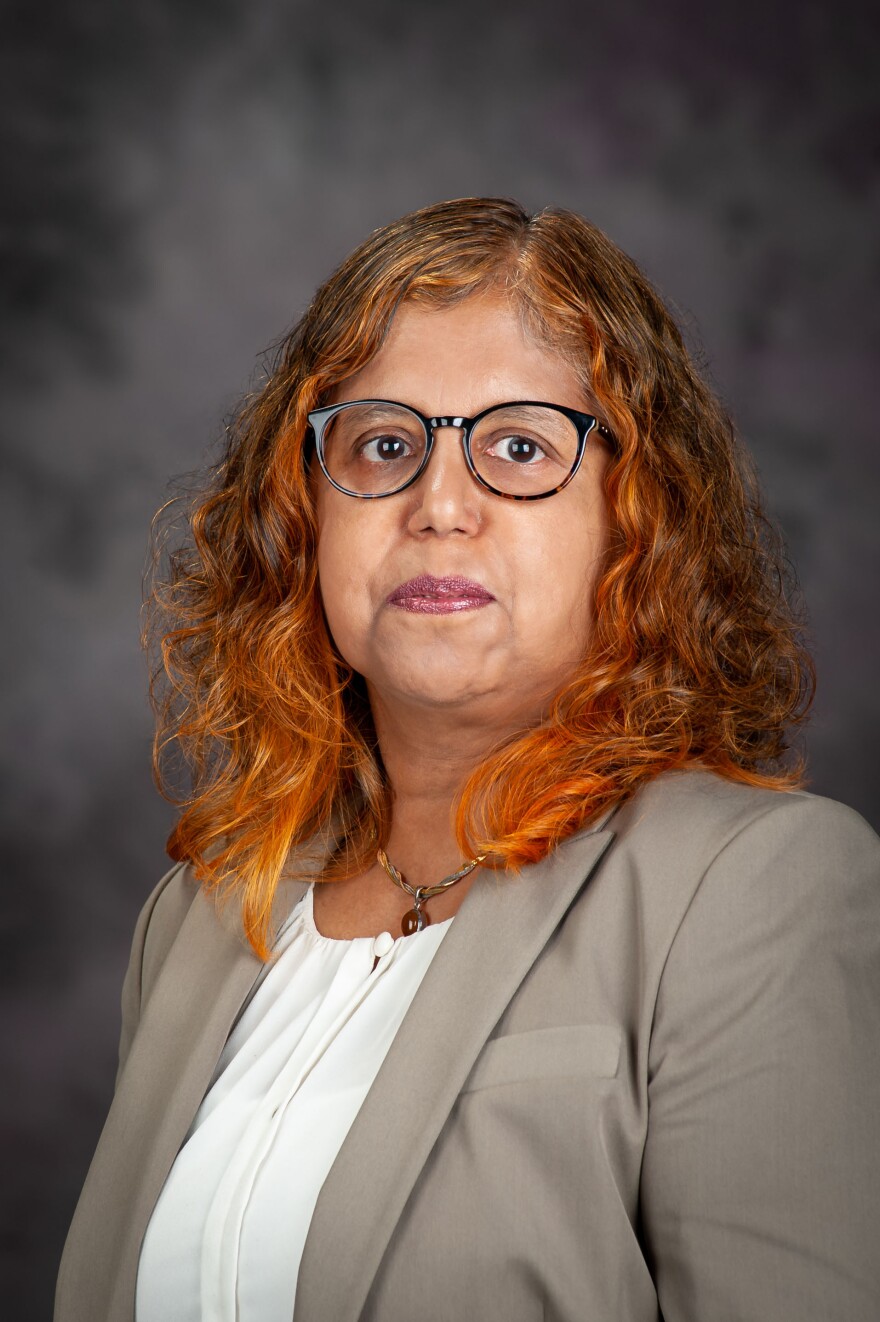A new study by Kansas State University researchers is looking at ways to reduce the risk of exposure to lead in soil in the hope of finding affordable methods that could be replicated around the country.
Ganga Hettiarachchi, a professor of soil and environmental chemistry, is leading the research with her team through a $700,000 grant from the U.S. Department of Housing and Urban Development (HUD).
Hettiarachchi said conversations with officials from the health department and Brownfields program in Kansas City, Missouri, made her realize the scope of the issue.
“I came to know that the elevated blood lead levels in children in [the] urban core in Kansas City is about nine times higher than the national average," Hettiarachchi said. "And then nearly 50% of the parcels they tested, tested soil lead concentrations greater than 400 parts per million.”
The U.S. Centers for Disease Control and Prevention (CDC) states there is no safe amount of lead for humans.
Lead levels in bare soil at 400ppm and above on residential property or child-occupied facilities are considered hazardous by the U.S. Environmental Protection Agency (EPA).
Children aged 6 years old and younger are most susceptible to health issues from lead exposure. Even low levels of exposure to lead can affect a child's intelligence and behavior.

The three-year study will test different methods to reduce the amount of lead bioavailability — the amount able to be absorbed by humans — in 10-12 vacant lots and about eight residential sites in Kansas City. Of the sites selected, Hettiarachchi anticipates not just studying soils with lead levels 400ppm and higher but also more mild levels of 100ppm to 200ppm.
Excavation is typically the remediation strategy for highly elevated lead soil concentrations, but Hettiarachchi said that isn’t always a realistic option for areas with lower — but still potentially dangerous — soil lead levels.
“Since we have widespread mild elevation in urban areas, it is not practical to think that we could do the same everywhere, because the mild elevation is everywhere and it’s not economical or sustainable to think we could do it," she said.
Hettiarachchi's team will use methods that include adding phosphorus to prevent the lead in soil from moving. The methods tested will look at initial results but also examine how long the treatment lasts.
During the study, Hettiarachchi plans to meet with the communities where research is being conducted to provide information of findings. She believes Kansas City could become a model for other cities across the nation and be adopted by the CDC Childhood Lead Poisoning prevention program.
“There are a lot of people willing to understand,” she said, “and really ready to adopt these kinds of treatments to reduce bioavailability.”
The Missouri Independent and the NPR Midwest Newsroom are jointly exploring the issue of high levels of lead in the children in Iowa, Kansas, Missouri and Nebraska. Do you have a question for us or a story to share? Email: nsavage@missouriindependent.com or shorton@missouriindependent.com
Copyright 2022 KCUR 89.3. To see more, visit KCUR 89.3. 9(MDA4OTAxNzAzMDEzMjc0MTc2MzA5ZDZlMw004))







